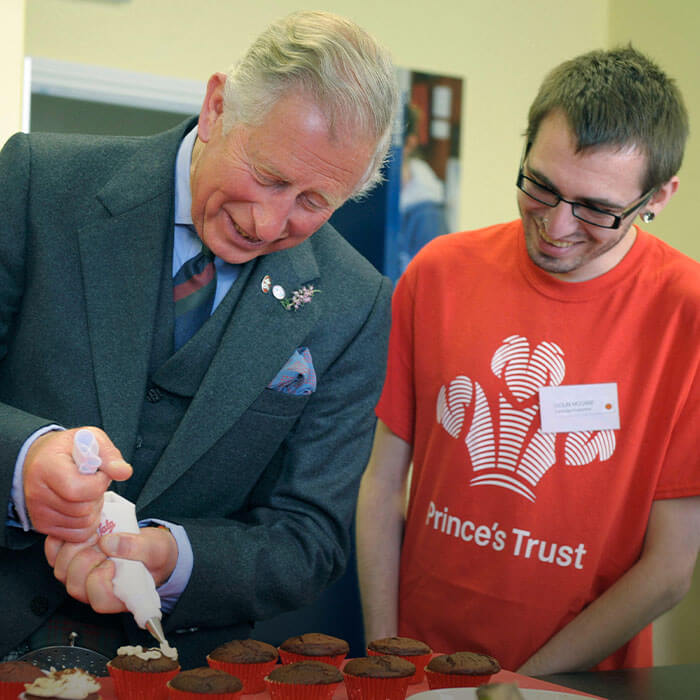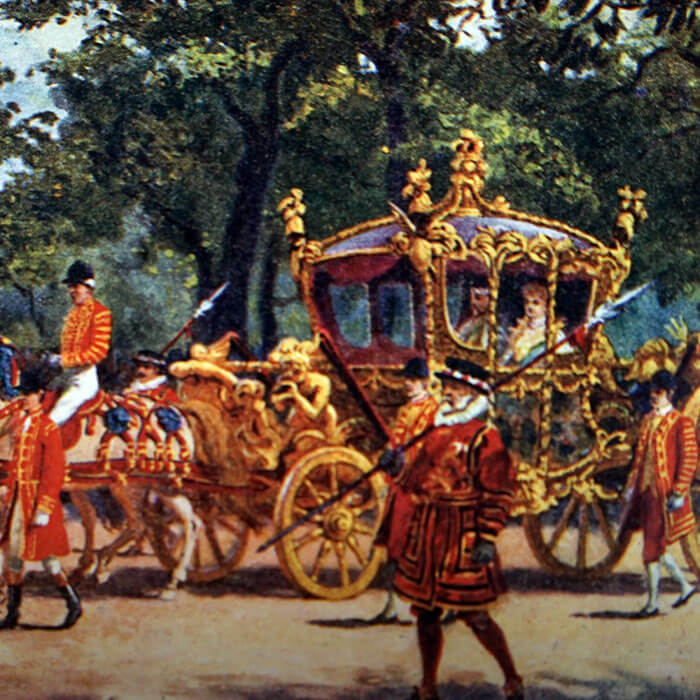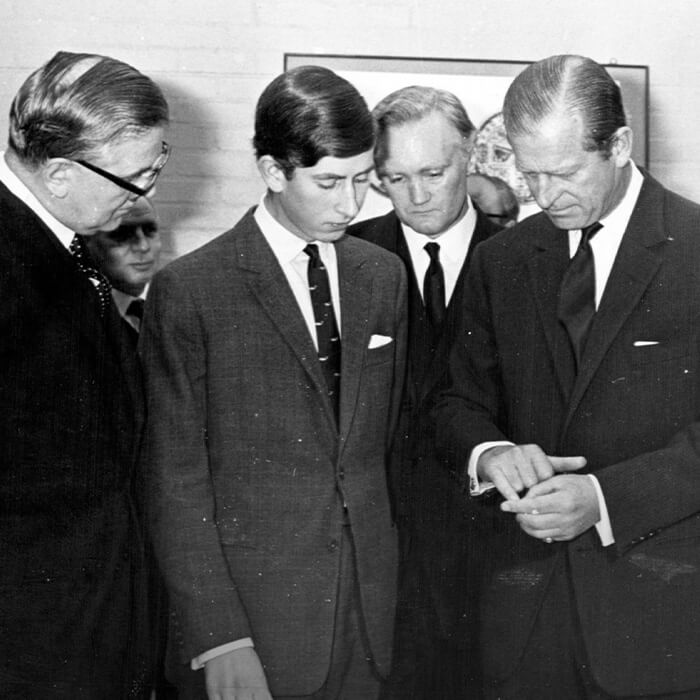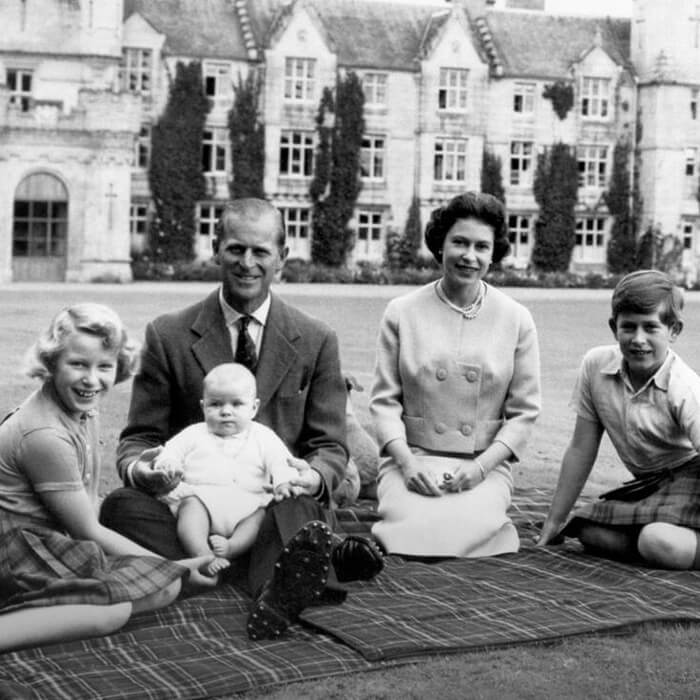Since His Majesty King Charles III acceded to the throne in September 2022, the world has been eagerly awaiting his impending coronation. A month after His Majesty The King’s accession to the throne, Buckingham Palace announced that the coronation of King Charles III would take place on 6 May 2023 and, with that, the countdown began. Recently, additional information about the coronation has become available, with the Palace unveiling plans for an extra bank holiday and additional events spanning the weekend of the ceremony.
The last coronation in the United Kingdom took place in June 1953 with that of Her Late Majesty Queen Elizabeth II and therefore, it is almost 70 years since the nation witnessed a ceremony of this kind. As a result, His Majesty’s coronation will be the first coronation ceremony many onlookers within the UK and around the world will have observed. Here, we have tried to answer some of the most frequently asked questions surrounding the coronation of King Charles III.

When will the coronation take place?
The King’s coronation will take place on Saturday, 6 May 2023 at Westminster Abbey in London.
Will the coronation be a bank holiday?
As the ceremony takes place on a Saturday, the day of the coronation will not be a bank holiday. However, there will be a bank holiday on Monday, 8 May 2023, two days after the ceremony.
Why do monarchs have coronations?
The crowning of a monarch is a ceremony that dates back for centuries. The coronation marks the official crowning of a new monarch and involves the physical act of placing the crown on a monarch’s head.
What happens during a coronation?
The coronation ceremonies for the monarch at Westminster Abbey can be traced back for more than a thousand years. While the specifics may differ, coronations will typically now involve the following key steps:
• The Recognition, where the monarch is introduced to the congregation.
• The Oath, whereby the new sovereign swears to uphold the law and the Church of England.
• The Anointing, where the monarch sits on the Coronation Chair and is anointed with holy oil by the Archbishop of Canterbury.
• The Investiture, when the sovereign is presented with regal items, such as the Royal Orb and Sceptres, and the crown is placed upon the monarch’s head.
• The Enthronement, where the crowned monarch leaves the Coronation Chair and takes their rightful place on the throne.
• The Homage, where the peerage pays homage and allegiance to the newly crowned sovereign.
Whilst the above is customary for coronation ceremonies, King Charles III has expressed his interest in modernising the event to reflect modern Britain. As such, many expect the coronation ceremony to differ from previous coronations, being shorter and smaller in scale than the coronation of The King’s mother, Queen Elizabeth II, in 1953.

What will King Charles III wear at his coronation?
Many have speculated that, in line with his vision for a modernised ceremony, The King’s coronation attire will differ to that worn by his predecessors. The monarch being crowned traditionally wears coronation robes deeply rooted in symbolism, as dictated by the fourteenth-century Liber Regalis, which details the order in which the monarch should wear these regal garments. Two robes traditionally worn during the ceremony are the Supertunica and the Robe Royal; these date back to the coronation of George IV in 1821 and are expected to play a role in this year’s ceremony.

What crown is used for the coronation?
The King is expected to wear the St Edward’s Crown, first worn by Charles II in 1661 and worn by King Charles III’s mother, Queen Elizabeth II, during her coronation in 1953. The St Edward’s Crown was remade by Charles II after the original medieval crown was melted down by the Parliamentarians following the English civil war. The centrepiece of the Crown Jewels, it will only be used at the precise moment the monarch is crowned. Made from solid gold, the crown weighs 2.23 kilogrammes, which is approximately the same weight as two litres of water. It is likely that His Majesty will also wear the Imperial State Crown originally made for his grandfather George VI’s coronation in 1937, based on a crown made for Queen Victoria. Also made of gold, this will be the first time that King Charles III will wear this particular crown.

King Charles III
For the various monarchs that have reigned throughout British history, their coronations have marked the culmination of their journeys to the throne with ceremonies adorned with pomp, pageantry and splendour. Whilst King Charles III’s coronation ceremony is likely to differ from that of his ancestors and predecessors, it will be a grandiose occasion celebrated across the nation and around the world. The Royal Mint is proud to be part of this historic event and equally proud to commemorate its significance with a new UK coin collection struck in honour of His Majesty’s coronation.
For more information, you can read a wide range of articles and content pieces detailing King Charles III’s life, journey to the throne and coronation at our new hub dedicated to The King.
Related articles

THE WORK AND INTERESTS OF HIS MAJESTY KING CHARLES III
Discover More


